
Be strong and of good courage… and the rainbow is seen in the clouds (Joshua 1:6; Genesis 9:14)
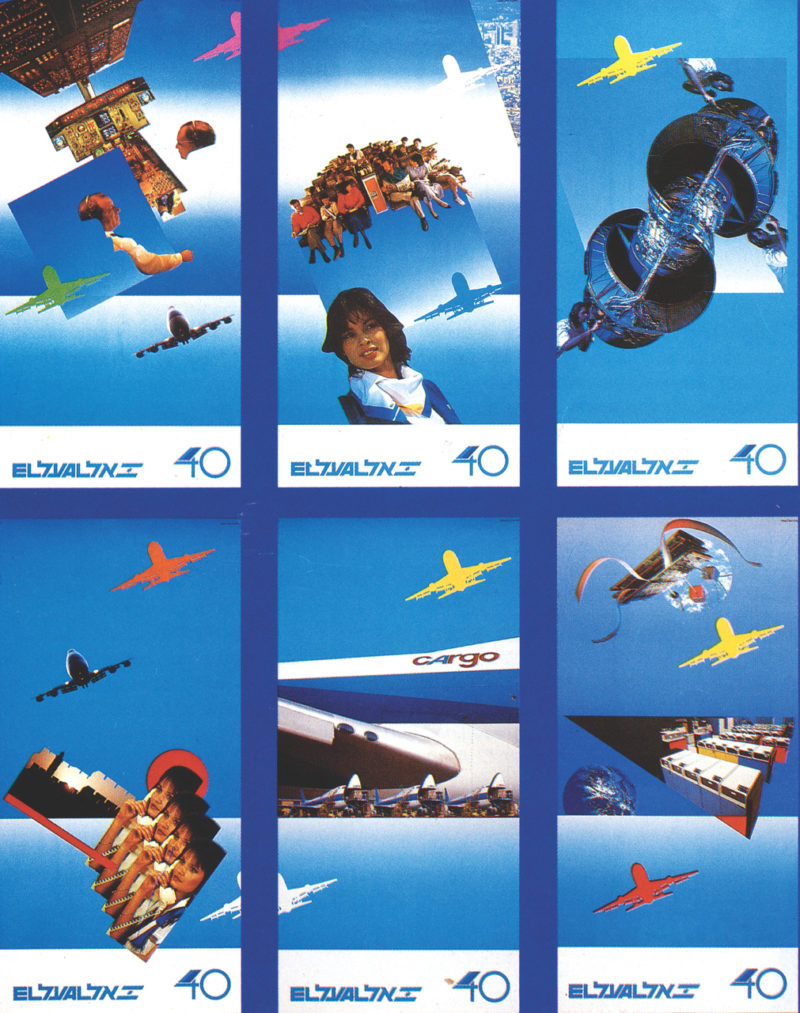
The plunging of EL AL into temporary receivership on 12 September 1982 halted all of its passenger operations. Those holding tickets were transferred to other scheduled carriers or chartered airplanes. The majority of employees were placed on leave of absence. Only some profitable freight operations continued.
Many predicted that this marked the end of EL AL and that if Israel were ever to have a national carrier again, it would have to be an entirely new airline.
The receivership left the board of directors in a legal limbo, without power to act. On 3 December, an application was filed with the Jerusalem District Court to liquidate EL AL, and two days later the court appointed attorney Amram Blum, the official receiver of the State of Israel, to act as the ‘provisional liquidator’ of EL AL, vesting in him the total management power to operate the airline, including the power to hire and fire, subject only to supervision by the court. At the same time, Rafi Harlev, former deputy chief commander of the Israeli Air Force and already an EL AL officer, was installed as president to run day-to-day operations.
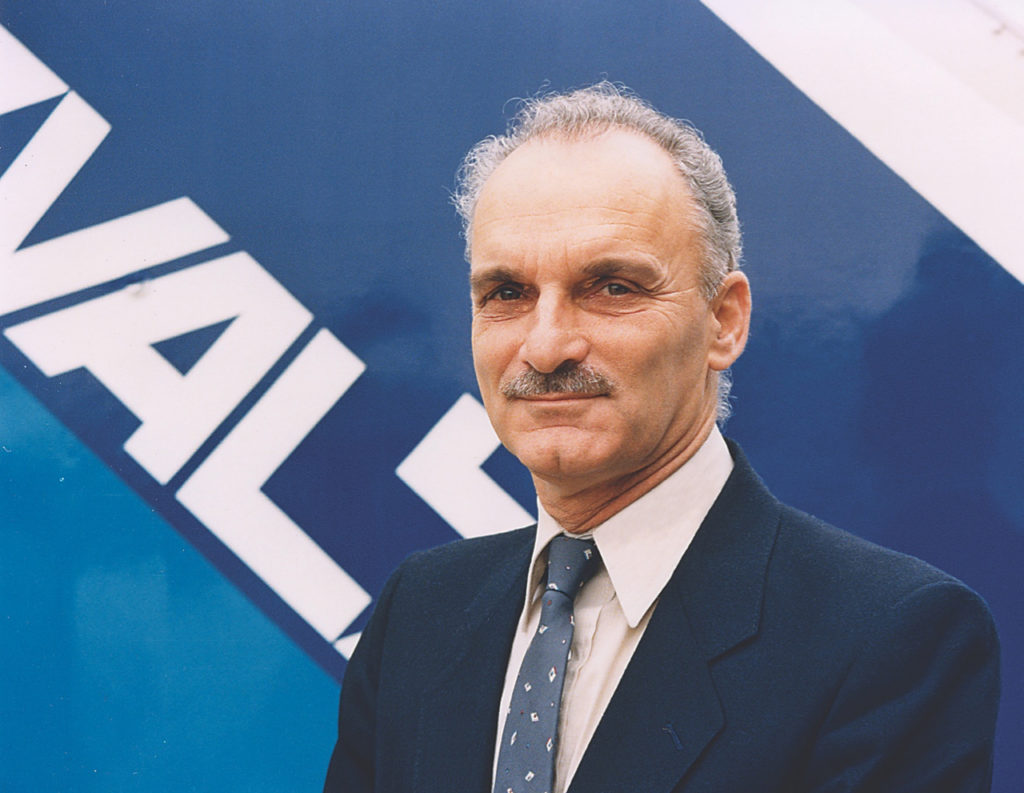
Against this challenging backdrop, EL AL’s personnel, in a new spirit of cooperation, joined forces to see if the airline could once again be saved. At Harlev’s insistence, a single workers committee covering all air and ground sectors, with one representative from each of the former eight committees, was named the sole bargaining agent for the employees, and a new labor agreement was hammered out.
Management regained its authority over the company including the determination of work norms. Strikes and sanctions were forbidden. The expected Boeing 767 aircraft were allowed to be operated by the intended standard cockpit crew of two, instead of three. Salary fringe benefits were reduced, and a scheme was developed whereby the company’s payroll would be reduced by an additional 1,000 employees, of whom 650 were permanent, upon the payment of greater than normal severance pay.
Meanwhile, the Israeli government acted to assist by implementing the pending purchases of new aircraft—two Boeing 737-200s and four Boeing 767s. On 30 September 1982 the government accepted delivery of the 737s (4X-ABN and 4X-ABO), with EL AL leasing the aircraft from the government and bearing their maintenance and insurance costs.
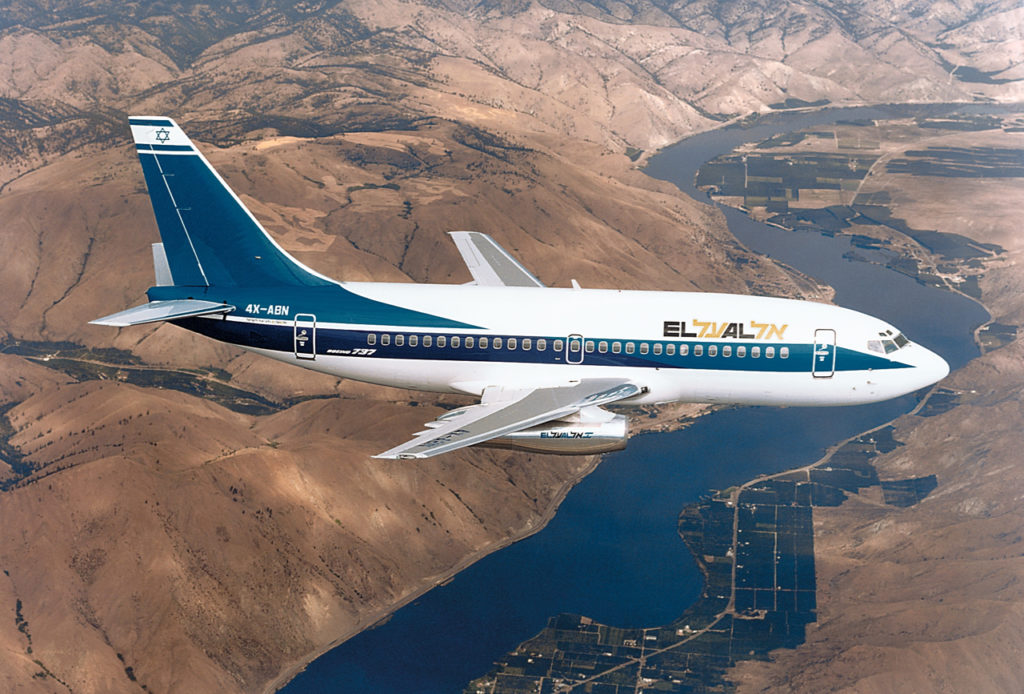
The four wide-body 767s on order would also be purchased by the government, at an aggregate cost exceeding $200 million. EL AL would act as representative of the government for the implementation of the agreements to acquire the aircraft—two of which would be delivered in 1983 and the remaining pair in 1984.
Return to the Skies
With new labor agreements worked out, and with government support for the new aircraft plus government-guaranteed loans to permit a return to normal operations, EL AL resumed passenger service on 12 January 1983. The shutdown had lasted four months. For EL AL’s fiscal year ended 30 April, the airline reported its biggest loss in history—$123.3 million. This comprised an operating loss of $45.2 million, a loss of $46 million from the four-month suspension of operations, and $32.1 in extraordinary expenses for severance pay (in excess of the usual 100%) paid to employees who left the company.
Nevertheless, there was cause for optimism. Although service resumed only on a limited basis, surprisingly passengers returned much more quickly than expected. Load factors for the six months after the shutdown reached 81% system-wide and 88% on the trans-Atlantic routes, and revenues were 10% higher than anticipated. By early September 1983 EL AL was operating 95 flights per week to 26 destinations, including a new route to Madrid, Spain, and a resumption of its new service to Boston.
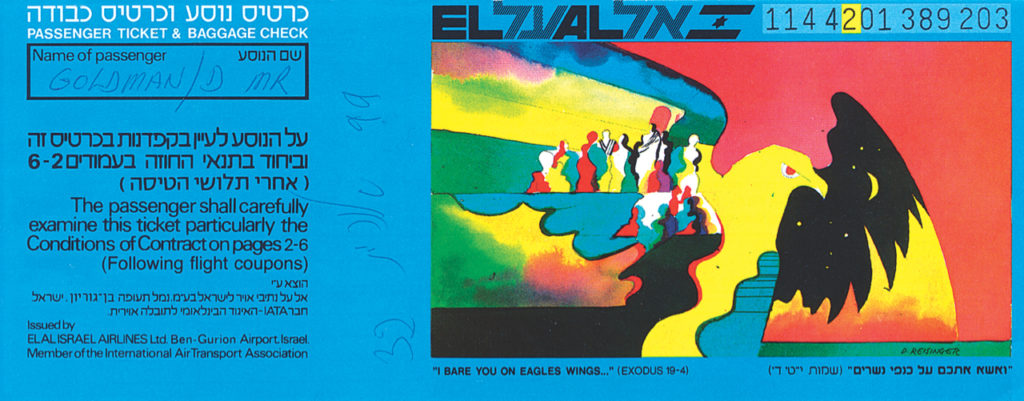

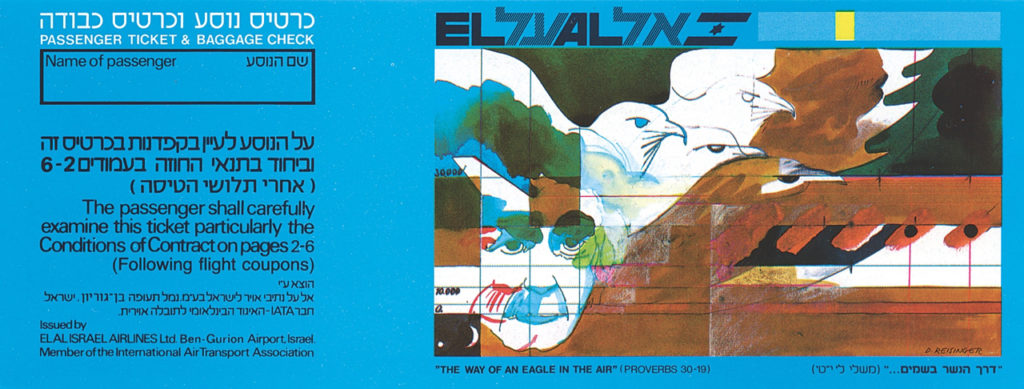
Management started a campaign to win back the confidence and cooperation of the work force, which had been reduced to below 4,000 ‘permanent’ employees. Workers from each department were selected weekly to meet with President Harlev and other senior officers to discuss their problems and make suggestions. The high efficiency, which EL AL had amply demonstrated in earlier years, returned.
By 1985 EL AL was ranked number seven among the world’s international airlines in productivity, with 1,730,000 scheduled revenue passenger kilometers (RPKs) per employee (total kilometers flown by all passengers in scheduled revenue service divided by total employees). On the cargo side EL AL ranked third among all airlines in freight ton-kilometers (157,300 FTKs) per employee.
Fleet Modernization
Boeing 737s
On 18 January 1983 the Israeli government formally delivered to EL AL the two Boeing 737-200s purchased new from Boeing the previous September (4X-ABN and 4X-ABO). Although EL AL had operated twin-engine types before (Curtiss C-46s during 1950-55 and two leased 737s during 1980-82), these 737s represented the first time that EL AL operated new twin-engine aircraft. The 111-seat 737s were assigned to shorter routes to Europe, replacing the two 737s leased from Trans European Airways.
Boeing 767s: The ‘Glass Cockpit’ Arrives
More significantly, EL AL took a major step forward when its first two wide-body 767-200s (4X-EAA and 4X-EAB) joined its fleet on 18 July and 13 September 1983, respectively. The 767s provided improved technology, economy and comfort.

The 767s were powered by Pratt & Whitney JT9D-7R4D turbofans, which provided a quantum leap in power efficiency and fuel economy. Twin aisles added wide-body comfort for passengers on routes formerly served only by single-aisle aircraft. Typically, EL AL configured its 767s with 18 business class and 206 economy class seats.
EL AL became the first operator of the 767 on a scheduled service in Europe when it introduced the type on 24 July 1983, from Tel Aviv to Frankfurt. Upon receipt of its second 767, EL AL happily retired its two oldest 707s, which had become very expensive to operate.
As to cargo, EL AL innovatively devised a system for increasing 767 lower-deck cargo capacity from the nominal 8,900kg (9.9 tons) to 14,850kg (16.5 tons), without reducing passenger load. This was accomplished by changing from 767 cargo containers to pallets, which increased volume capacity by 60%, as well as by other pallet and cargo loading improvements.
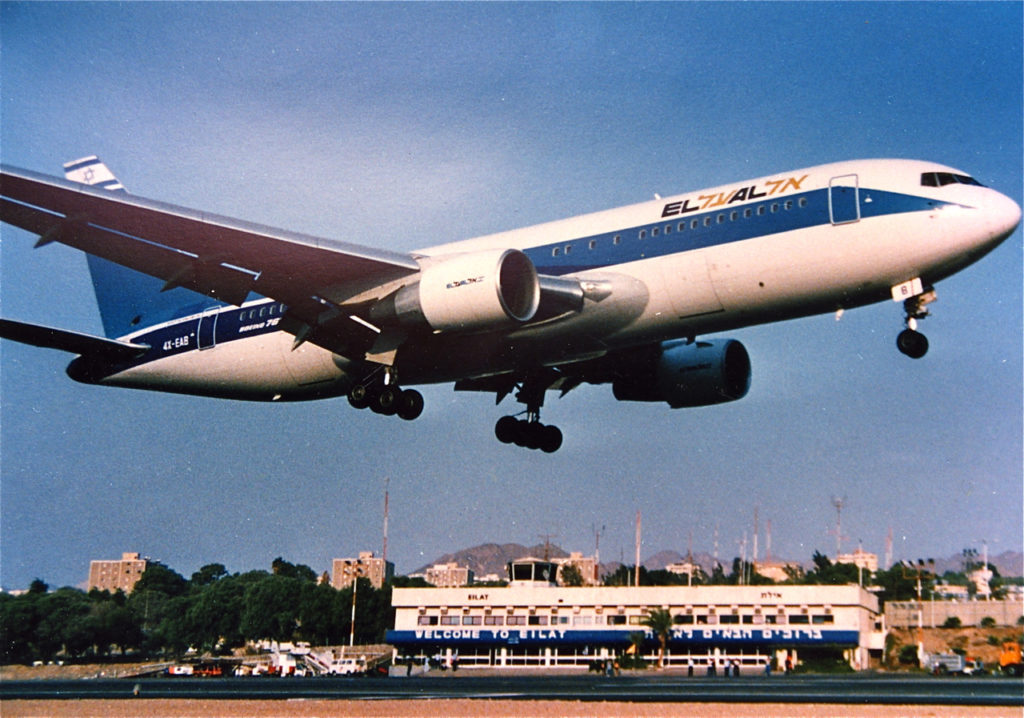
Extended Range 767s
In March 1984 EL AL took delivery of two additional 767-200s (4X-EAC and 4X-EAD). Powered by more powerful engines (JT9D-7R4E), these were Extended Range (ER) variants, with a range of 9,100km compared to the regular 767’s 6,870km (5,600 vs 4,270mi).
EL AL boldly decided to use the 767ER on trans-Atlantic service. This would be an expansion of the reach of twin-jets as all airlines were then using four-engine or tri-jet types on such routes. The 767ER incorporated modifications designed to meet the demands for extended over-water operations, including an upgraded electrical power system and more fire extinguishers for the cargo holds.
On 26 March 1984, as part of the delivery flight of EL AL’s first 767ER from Seattle, the aircraft operated a revenue service from Montréal to Tel Aviv. Thereby EL AL became the world’s first airline to make a nonstop trans-Atlantic passenger flight with a twin-engine aircraft under the then-existing US Federal Aviation Administration (FAA) 60-minute rule. This rule restricted twin-engine commercial aircraft to a route no more than one hour from a suitable airport flying at a one-engine inoperative cruising speed. Four days later, on 30 March, EL AL operated its first regularly scheduled service with the 767ER, from Tel Aviv to Vienna, ironically a route that did not require the extra performance.
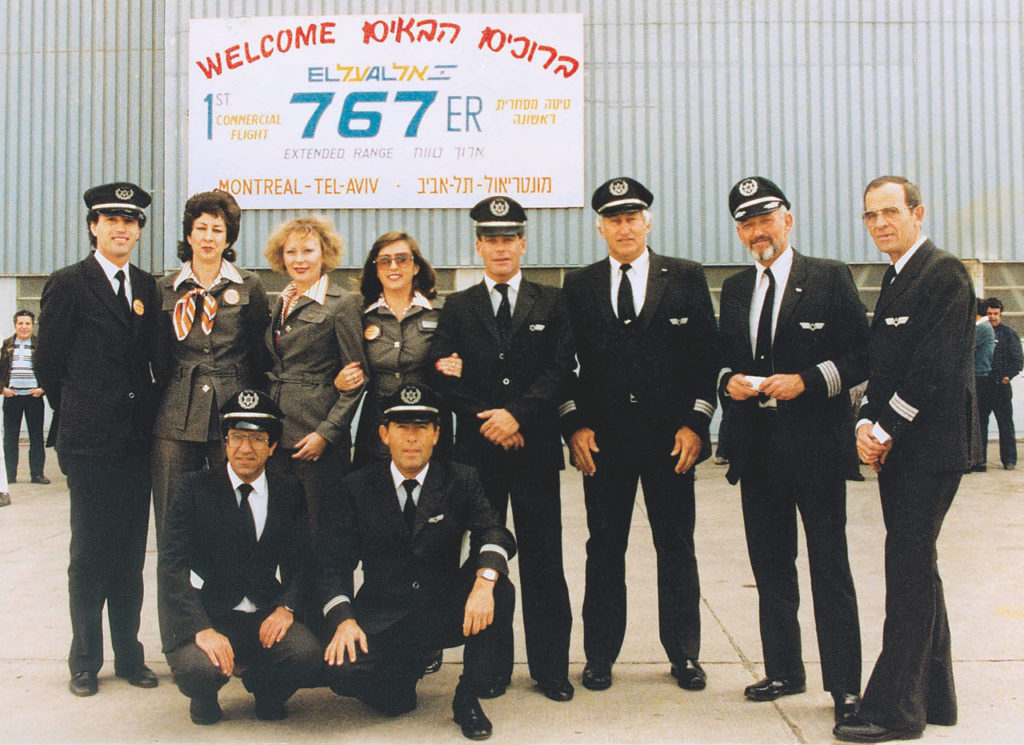
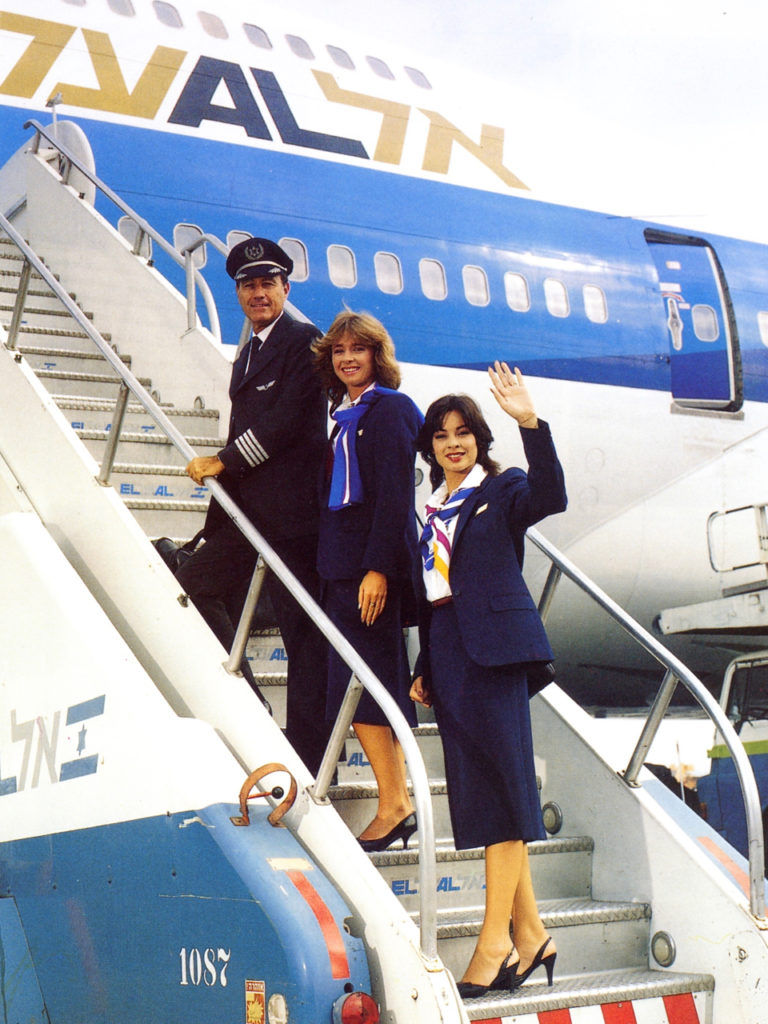
In early February 1985 EL AL began using the 767ERs (instead of 747s) on some regular services from Tel Aviv to Los Angeles via Amsterdam and Chicago. This was soon followed by several 767ER rotations on the Tel Aviv–Amsterdam–Montréal and Tel Aviv–Amsterdam–New York–Miami routes. These flights were primarily to evaluate the operational and economic aspects of trans-Atlantic twin-jet service and obtain a sampling of passenger reaction. The 767 proved very popular as passengers appreciated its roomy and pleasant cabin. Although service was begun under the FAA’s 60-minute rule, EL AL quickly built up enough trouble-free experience so that it secured authority to extend its over-water routes to 120 minutes from the nearest airport (provided that at least half the stage length would be no more than 90 minutes from a suitable diversion).
With the arrival of the 767-200ERs, EL AL’s fleet reached a total of 21, comprising eight 747s, four 767s, two 737s and seven 707s. Two or three of the all-passenger 707s, however, were usually under lease to Arkia during this time.
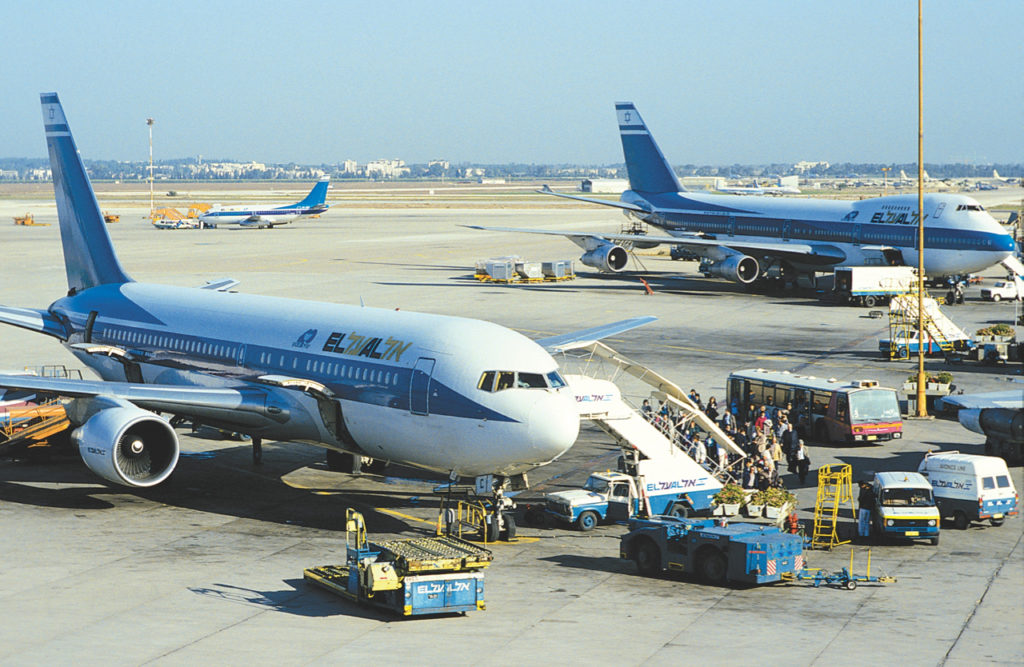
Boeing 757s
Through the 1980s EL AL continued operating several of its aging but well-maintained 707s, their economic life having been extended due to reduced fuel prices. Nevertheless, with noise limitations about to be imposed in additional airports in Europe, which would prevent flying the 707s unless costly noise-reduction modifications to the engines were made, and with the demand for more modern aircraft, in October 1986 EL AL ordered more efficient twin-jet Boeing 757s for use on European routes.
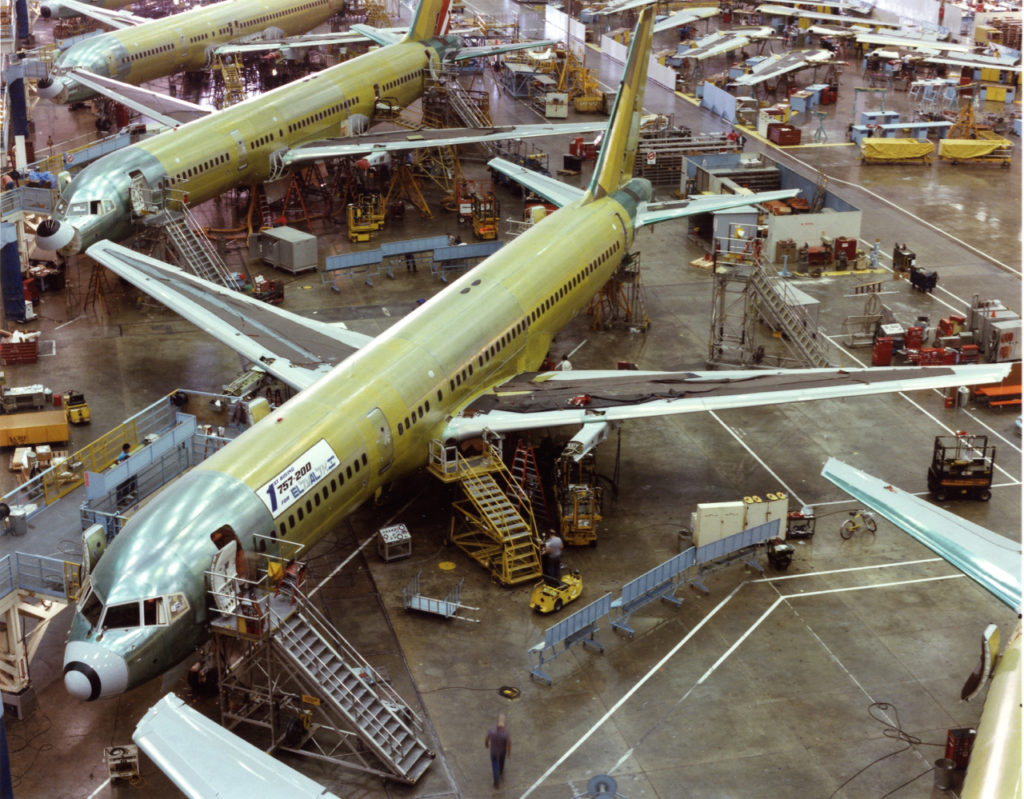
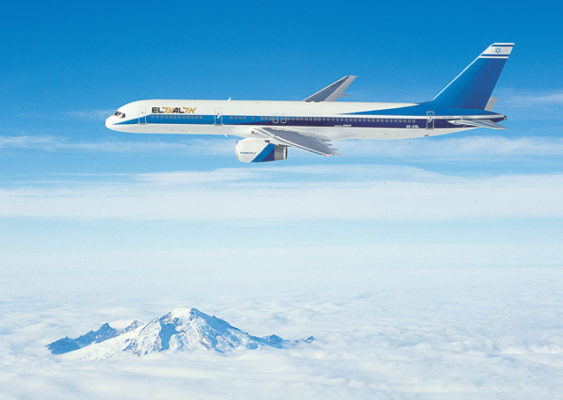
The first 757 (4X-EBL) entered commercial service on 10 December 1987 from Tel Aviv to Brussels, and was soon joined by two more, on 20 December (4X-EBM) and 20 July 1988 (4X-EBR).
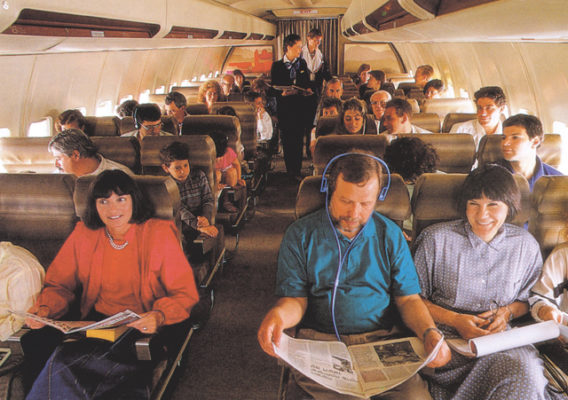
The 757s were able to operate to all of EL AL’s European destinations, with a full passenger load and 2,700kg (3 tons) of freight. EL AL selected Rolls-Royce RB211-535E4s to power its 757s, which on an 800km (500mi)-long flight burned nearly 50% less fuel than a 707. Thanks to similar flightdecks, the 757 and 767 share a common pilot type-rating, greatly simplifying training and crew scheduling.
The arrival of the 757 reduced dependency on the long-serving 707. By the end of 1989 all the 707s were sold, except 4X-ATX on lease to Arkia and Sun d’Or for passenger charter operations to Europe and 4X-ATY used for cargo. Engine ‘hush-kits’ were fitted to the leased passenger aircraft, allowing it to operate to all the European charter destinations, and it also remained available to EL AL if needed.
Return to Profitability
The profitability of the air transport industry improved markedly starting in 1983, and EL AL shared in that rally. Fuel prices decreased and international economic growth resumed. As a result, passenger and cargo traffic substantially increased, with particularly strong improvement on the North Atlantic route. Meanwhile, the rampant inflation that afflicted Israel in the first half of the decade was finally curbed by the end of 1985 through changes in economic policy and the September 1985 introduction of the New Israeli Shekel currency. In 1986, travel to Europe and the Middle East was adversely affected by terrorist activity in Europe, but EL AL did not suffer as passengers flocked to the airline because of its well-deserved reputation for stringent security.
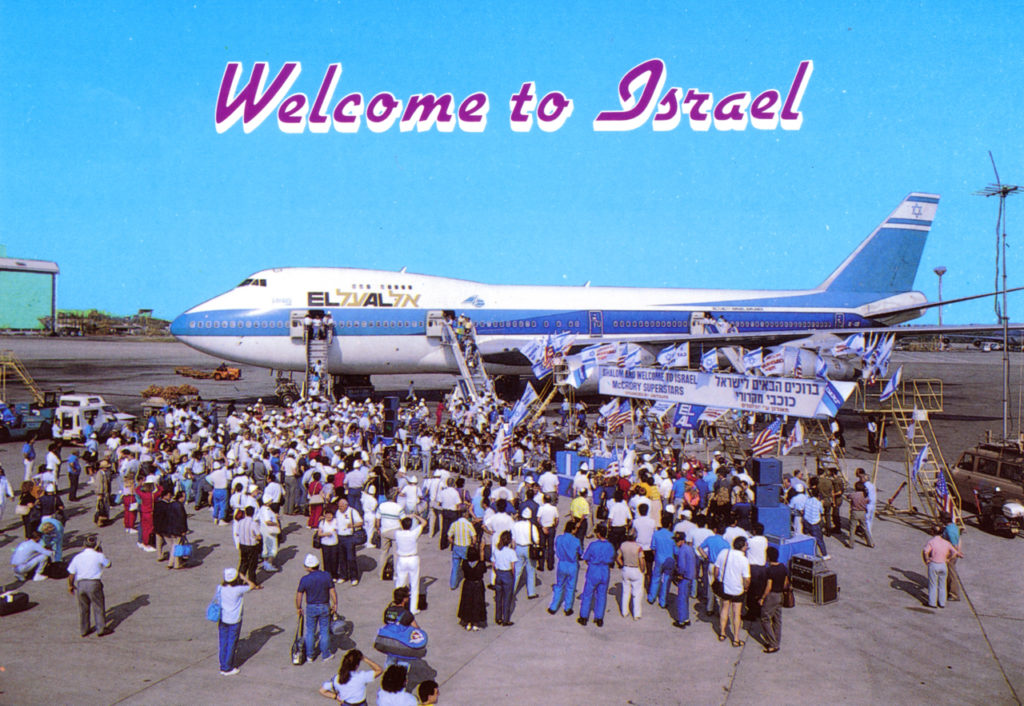
During this period losses were brought under control. The fiscal year ending 31 March 1984 resulted in a much lower loss of $14.3 million. Deficits in 1985 and 1986 were lower still. Finally, for the fiscal year ending 31 March 1987, EL AL happily reported a $15.2 million profit, its first in nine years.
Maintaining a profitable operation was not easy, however. In December 1987, the Palestinian Arab uprising called an ‘intifada’ started, entailing demonstrations, riots and attacks in the Gaza Strip and West Bank against Israelis, all of which continued intermittently until 1993. In 1988 tourism to Israel fell 20%, and the number of EL AL passengers dropped 10%.
During this difficult period in 1988, President Rafi Harlev knew that EL AL had to adjust quickly to avoid almost-certain losses. Expenses were immediately reduced and the minimum possible number of full-time or ‘permanent’ employees were maintained, while hiring less temporary workers. It coped with smaller passenger loads by continuing the flexible fleet program, adjusting the choice of aircraft on different routes and configuration between passengers and cargo. One aircraft was temporarily leased out and the number of aircraft leased from others cut. On the other hand, air cargo tonnage and profits further expanded. The result: in calendar 1988 profits actually rose to $18.8 million; in calendar 1989 profits increased to $24.6 million as the number of passengers rebounded and reached an all-time high.
New Routes
EL AL finally opened its long-awaited—and longest—route to Los Angeles (via Amsterdam and Chicago), both for passenger and freighter flights, on 17 June 1984, and simultaneously restored service to Chicago. Soon thereafter it made the route more direct, flying to Los Angeles via New York.




Less than a year later, on 22 April 1985, a new route was inaugurated to Manchester, England. Since April 1981 a weekly flight had been operated to Manchester by Sun d’Or. Due to rising demand, however, EL AL decided to launch scheduled service on a twice-weekly basis. On 2 April 1986 service was started to Toronto, the second Canadian gateway, as a continuation of service to Montréal; and on 13 March 1989 scheduled flights began to Stockholm, Sweden, EL AL’s second Scandinavian destination, as a continuation of the Copenhagen route.
Flights to Eilat, Israel, continued to expand, with service from Ben-Gurion increased to a daily flight, an extension of services originating in the US and Europe. Arriving passengers would change at Ben-Gurion to 737s because Eilat Airport could not handle the jumbo 747s. In 1982 the Israel Airports Authority began operating a new civilian air terminal at Ovda Air Base, located 40km (30mi) north of Eilat, so as to accommodate larger commercial jet airliners without concern about the city’s noise level restrictions.
In winter 1989-90 EL AL started an extensive schedule of direct flights between several European cities and Eilat without the intermediate Tel Aviv stop. While there had been some nonstop flights from London (Heathrow) to Eilat in preceding years, EL AL now started flying from Amsterdam, Brussels, Frankfurt, Helsinki (a new scheduled destination), London, Paris, Stockholm, Vienna and Zürich direct to this sunny Israeli resort.

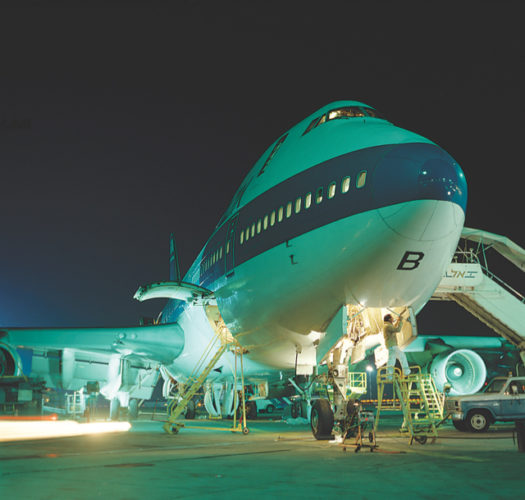
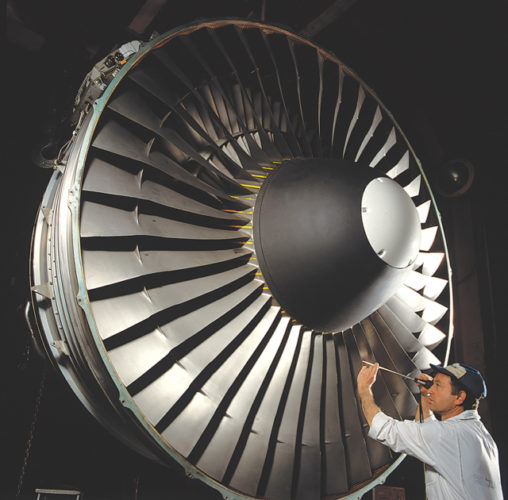
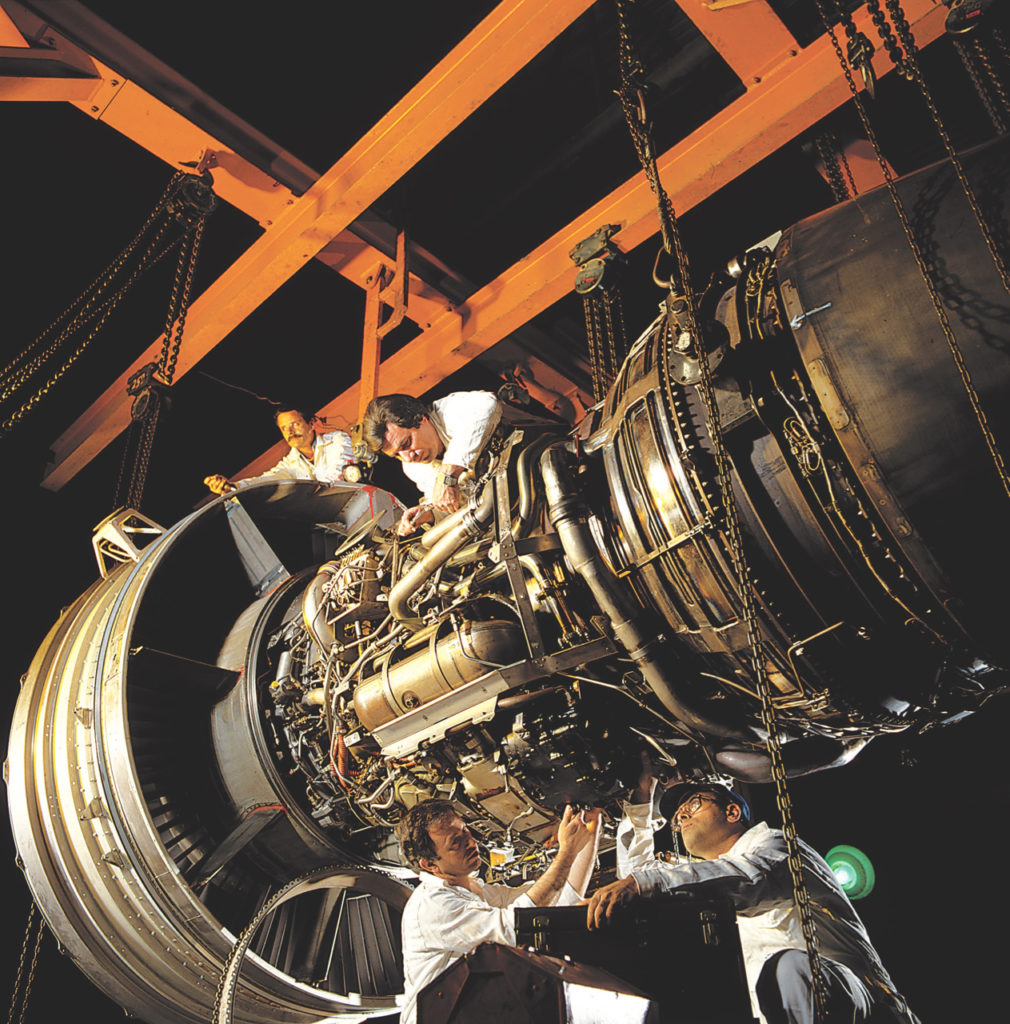
The Iron Curtain Falls–and EL AL Flies In
In the Soviet Union, head of state Mikhail Gorbachev launched in 1986 a policy of glasnost (openness) and perestroika (economic restructuring). At that time EL AL had no air link to the Soviet Union, and its only route to the Soviet bloc was to Bucharest, Romania. Glasnost, followed by the eastern European autumn revolutions of 1989, led to the ever-hastening withdrawal of the Soviets, highlighted by the fall of the Berlin Wall on 3 November, and eventually resulted in the break up of the Soviet Union at the end of 1991. All these developments would have vast implications for Israel and EL AL alike.
Influenced by glasnost, Poland and Hungary opened up to EL AL. An agreement was signed with LOT, the Polish national airline, in early 1988, establishing a direct air link. Special EL AL/Sun d’Or flights started to Warsaw on 21 June. This was the first service on a sustained basis between Poland and the Holy Land since 1939, when LOT flew to Lydda. Scheduled EL AL service to Warsaw started on 28 March 1989 on a weekly basis using 757s and 767s. The new right to overfly Polish airspace also allowed EL AL to operate more direct routes to Scandinavia.
Meanwhile, through an agreement signed with Malév Hungarian Airlines, special EL AL flights to Budapest started on 12 November 1988, followed by scheduled service on 27 March 1989. By fall that year traffic to Budapest grew to the point that 747s were introduced on the route.
The most dramatic of all new destinations, greatly important to Israel as a nation as well as to EL AL, became the Soviet Union itself. In January 1989 EL AL and Aeroflot officials met for the first time, secretly in Vienna at the invitation of the Soviets, to discuss methods of cooperation. Five months later EL AL received permission for its first ever direct flight to the Soviet Union. At the end of June a 757 flew to Yerevan, Armenia, to bring 61 badly injured victims of a devastating earthquake to Israel for medical treatment. Several charter flights between Tel Aviv and Moscow were operated later that year by EL AL and Aeroflot.
In December 1989 EL AL signed an agreement with Aeroflot whereby each could operate scheduled service between Tel Aviv and Moscow. Implementation had to await 1990 and 1991—years that would see momentous changes in relationships between Israel on the one hand, and Russia and the Middle East on the other. EL AL would surely be intimately involved in these world events.
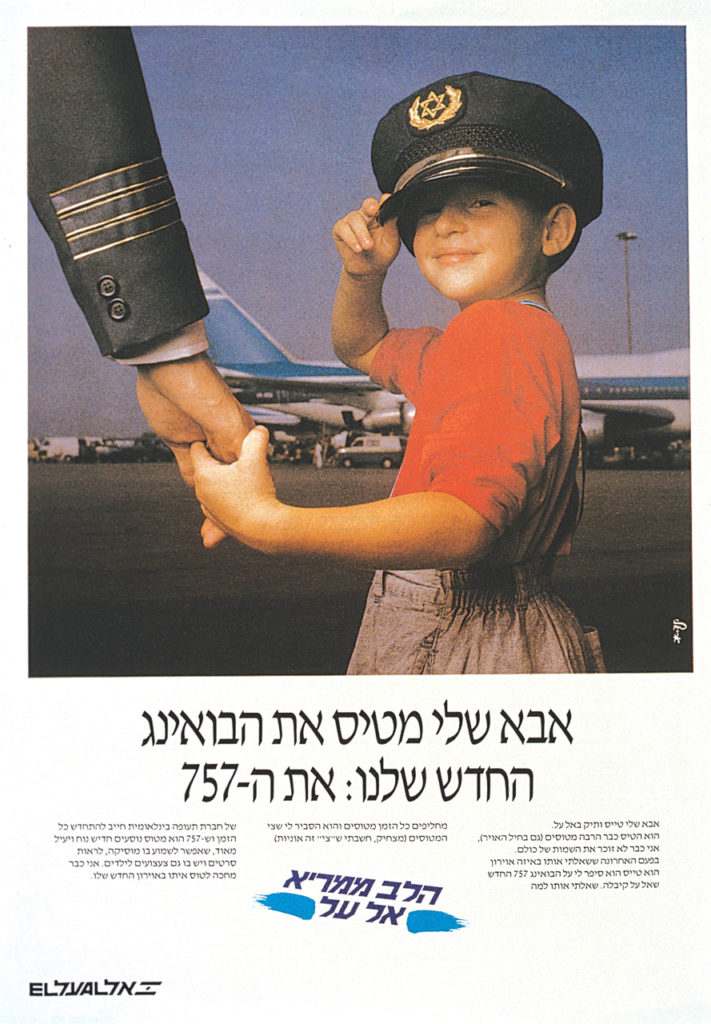
(MGG)
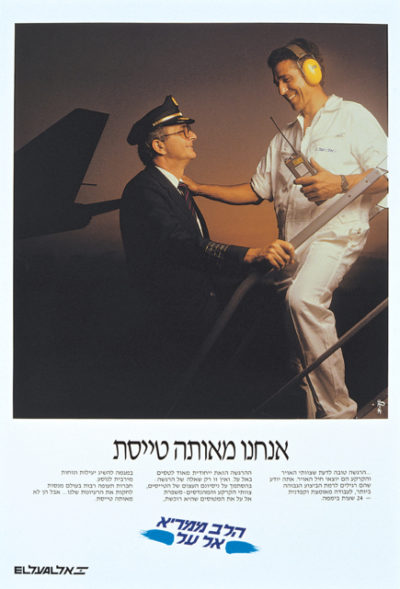
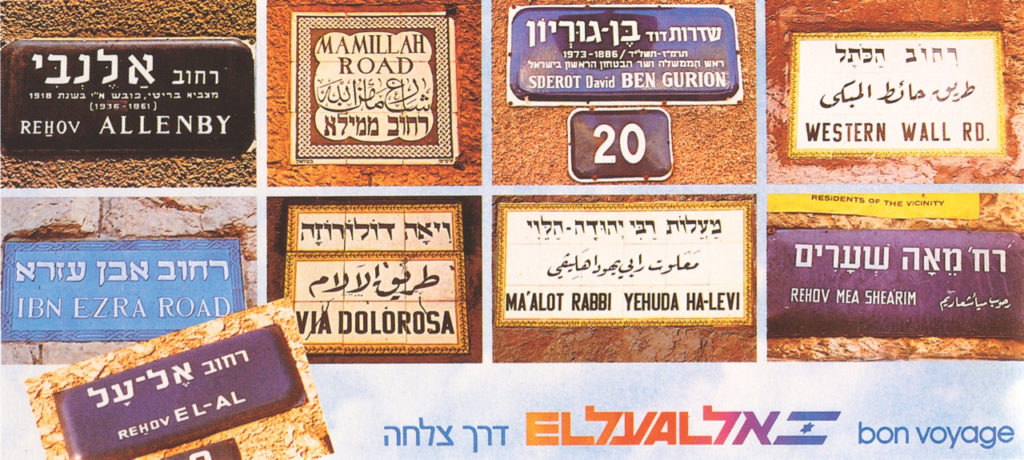
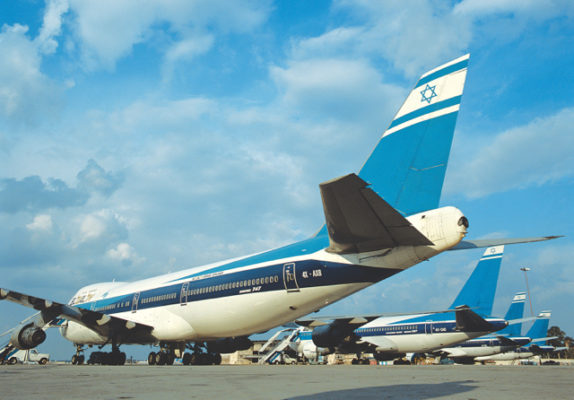
Last updated 21 October 2020
Copyright 2020, Marvin G. Goldman